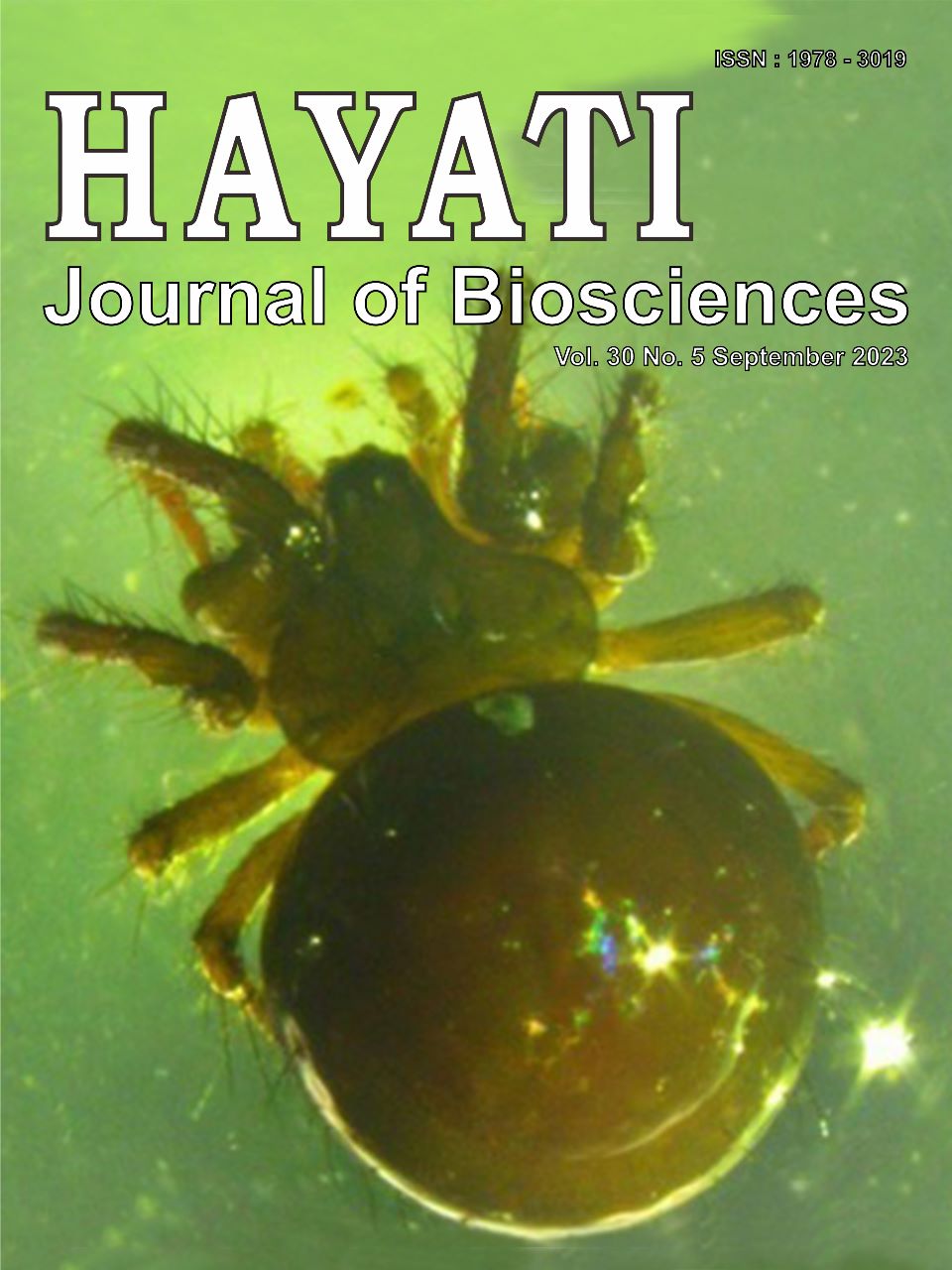Detection of Avirulence Gene AvrPi9 in Magnaporthe oryzae, a Rice Blast Fungus, Using a Combination of RPA and CRISPR-Cas12a Techniques
Abstract
Rice blast disease is one of the most devastating diseases of rice production worldwide, which causes by an ascomycete fungus, Magnaporthe oryzae. The virulence of the rice blast fungus is determined by avirulence genes (Avr genes). Therefore, the identification of Avr genes is important for rice resistance variety improvement. Avr genes are currently identified using the pathogenicity assay with rice near-isogenic lines (NILs) or PCR amplification and gene sequencing, both of which are time-consuming and labor-intensive methods. This study aims to develop a simple method for Avr gene identification using AvrPi9 as a model. A recombinase polymerase amplification (RPA) technique was carried out to amplify AvrPi9 by incubating rice blast fungus genomic DNA with gene-specific primers at 37°C for 20 min. Cas12a-based AvrPi9 detection was performed by incubating at 37°C for 5 min. The fluorescence signal was visualized by the naked eye under an LED transilluminator. The study found that AvrPi9 can be amplified and detected using RPA and a Cas12a-based method. AvrPi9_crRNA2 has a higher efficiency than AvrPi9_crRNA1. The sensitivity of the method was 3.8 ng of DNA target for AvrPi9_crRNA1 and 1.9 ng of DNA target for AvrPi9_crRNA2. This RPA and Cas12a combination technique is a newer method for Avr gene detection in plants and has several advantages over traditional methods. It is considered easier to use and more efficient in terms of time and labor, making it a potentially useful tool for plant breeders and pathologists.
Downloads
Copyright (c) 2023 Piyawan Puanprapai, Pattavipha Songkumarn, Theerayut Toojinda, Chatchawan Jantasuriyarat

This work is licensed under a Creative Commons Attribution-NonCommercial 4.0 International License.
HAYATI J Biosci is an open access journal and the article's license is CC-BY-NC. This license lets others distribute, remix, tweak, and build upon author's work, as long as they credit the original creation. Authors retain copyright and grant the journal/publisher non exclusive publishing rights with the work simultaneously licensed under a https://creativecommons.org/

























.png) IPB University
IPB University Department of Biology
Department of Biology The Indonesian Biological Society
The Indonesian Biological Society 

